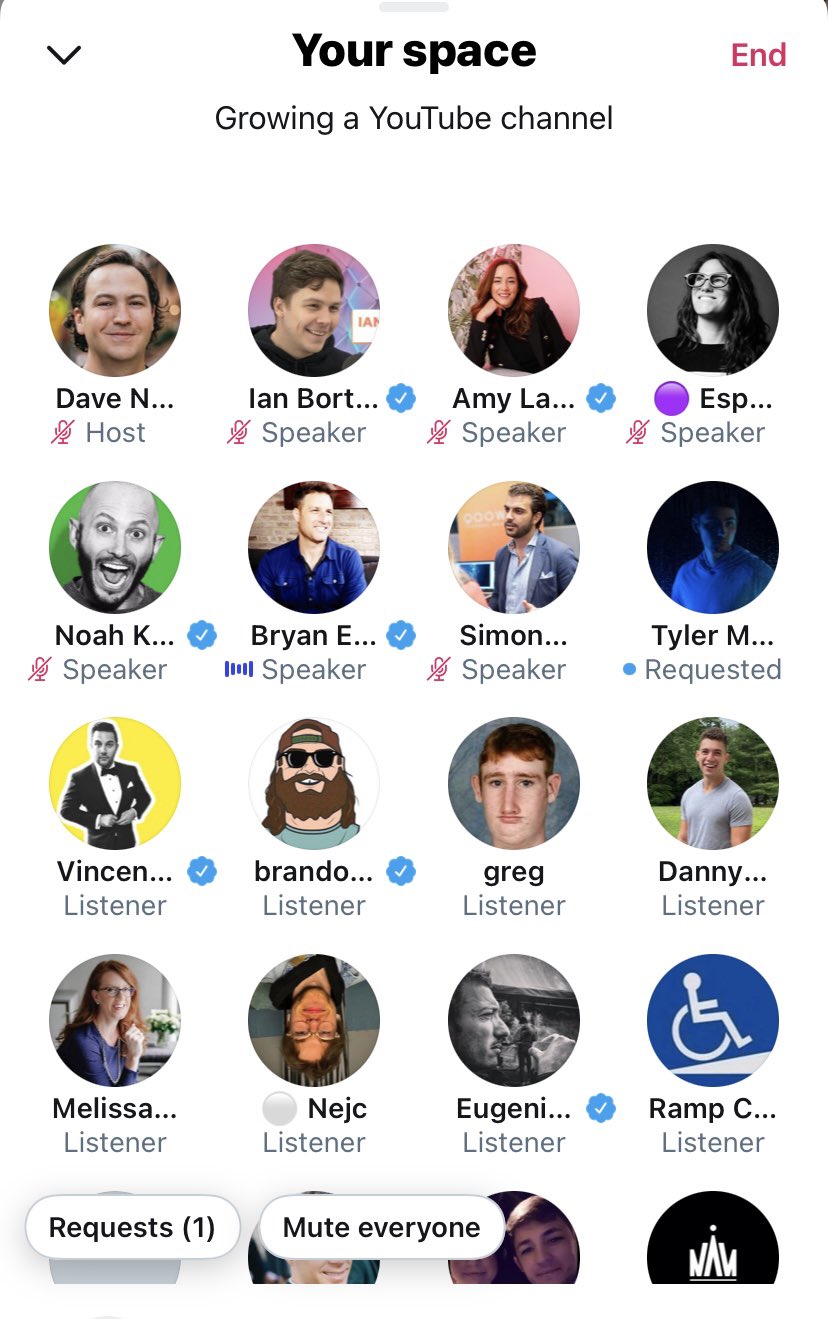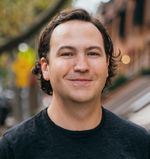"I was bored during Covid, so I started..."
Every week, I talk to prolific creators, founders, and builders about their craft. This phrase comes up over and over again.
The endings, though, vary:
- writing a newsletter
- posting threads on Twitter
- recording a podcast
- building an app
I can relate. About a year ago I felt starved for a creative outlet. So I started a writing habit. That led to posting on Twitter. Then to launching this website and newsletter.
Constraints inspire creativity. So what happens when the whole world goes through a year of social and physical lockdown? A creative explosion like we've never seen before. And we'll feel the results for years to come.
While quarantine lit the fuse, the raw combustibles have been piling up since long before it. The creator economy has been building steam for a while now. First quietly, then with a BOOM!
You wouldn't know if from the relentless hype, but it's still early days. Spend long enough in the Twitter echo chamber, and your eyes start to glaze over every time they land on a buzzword. And 'creator economy' occupies a prime square in buzzword bingo.
Eventually, everybody will be in the creator economy.
— Naval (@naval) May 17, 2021
Yet once you zoom out, it starts to fit into a jigsaw puzzle of what the future will look like. A future where the creator economy interlocks with trends like remote work, social tokens and crypto protocols, and startup cities.
You still have to squint a little to see what the future might hold. But the echoes keep getting louder. They're not going away. And as the pieces start to connect, they'll impact us in unexpected ways.
Each new Audience Builders conversation reminds me of this. While every episode has a distinct theme, the insights fit together in the meta-puzzle of where things are headed.
Last week, we focused on the O.G. creator platform, YouTube. One of my guests, Noah Kagan, has been messing around on the web for almost two decades.
I first met Noah back in the early days of Bleacher Report. He'd already logged time at Intel, Facebook and Mint. Soon, he'd parlay his personal blog, OkDork, into a sprawling software sales service, AppSumo.
A year ago, Noah felt bored during quarantine so he decided to become a YouTuber. Sound familiar? Fast forward a year, he's approaching 150k subscribers. And he's just getting started.
Along with Noah, Amy Landino and Ian Borthwick rounded out my expert panel. Some old and new friends stopped by. We had a great time.

I learned a ton about what it takes to run a successful YouTube channel. But the conversation also reinforced some meta-lessons about being a creator. More puzzle pieces from the future.
My key take-aways:
The law of 100
For any creative effort, commit to doing it at least 100 times to start. One hundred podcasts, newsletters, or videos.
Similar to the old '10,000 hours' trope, the law of 100 ensures you build the endurance to create. It provides enough runway for improvement. And it gives you time to find your voice and your audience.
Promote, promote, promote
Being a creator means you have to get comfortable with self-promotion. It feels icky at first. You just need to get over it.
Don't overdo it. You still need to be authentic and respect your audience.
But as the old saying goes:
You don't ask, you don't get.
You can't build an audience without asking. A lot. There's no other way around it.
In a future where we're all participants in the creator economy, self-promotion will be an essential skill. Start learning it now.
Choose your metrics wisely
Amy shared an insight that caught me by surprise. Subscribers, long considered the key to YouTube growth, are a vanity metric. If anything, they're a trailing indicator of performance.
Instead, she tracks the percentage of new viewers to each video. Over 50% is her benchmark. This is a clear signal that the recommendations algorithm favors her videos. That's the secret to sustained growth.
After new viewers, Amy and Noah obsess over thumbnail CTR. Noah even has a full-time thumbnail designer on staff.
While it's become fashionable to dismiss scale in favor of engaged niches, filling the top of the funnel still matters. No matter what you're creating on what platform, you need to reach new people. And ensure they're engaged when they find you.
Fast. Fun. Repeatable.
This framework from Noah was so on-point. He and his team run every idea through these three filters:
- Can they do it quickly? Because quicker iteration leads to more learning.
- Is it fun for them to do? Because if it's not fun to create, it won't be fun to consume.
- If it works, can they turn it into a repeatable format? Because the best creators return to successful formats over-and-over.
Creating anything consistently uses up a lot of psychic energy. Frameworks like this help ensure you're doing it for the right reasons, and that you're staying on track with what's in your wheelhouse.
Content buckets
Generating new ideas is one of the most daunting aspects of being a creator. Content buckets are the solution.
What are content buckets? Simply, they're story frames and topics that you return to consistently. Because they work.
For Amy, this means women in business, brand authority, and work-life balance.
For Noah, it's topics like Mr. Beast, "How I Got Rich", and zero-to-one startup stories.
The key is to not have too many. Start with two or three that strike a chord with your audience.
Remember, constraints are a creator's friend. You don't have to drain the ocean searching for new ideas. Just pick out a few good buckets and start filling them up.
Skip the introductions
Watch one of Amy's videos, and you might feel more like a friend meeting her for coffee than a passive viewer. Because that's exactly the mindset she brings into creating them.
When you sit down at a cafe table with an old friend, you don't introduce yourself and tell your life story. So skip the throat-clearing in your content. Get right into whatever you want to talk about. And assume your audience is up to speed.
As a former cinema major, I'm reminded of the concept of in media res. It means in the midst of things. The idea is to begin your narrative in the thick of the plot. Then, let the audience fill in the context as the story unfolds.
You don't want to bore your audience with long expository setup. Put them right in the middle of the action. Keep them on the edge of their seats. And let them put the pieces together.
Trust me, it's more exciting that way.
Don't put too much pressure on yourself
Ian recently took the leap from the business side of the creator economy to being a creator himself. He hit the bullseye with the name of his podcast and YouTube channel. It's called "The Business Side".
The transition helped him empathize with the pressures that all creators face. Walking the tightrope of creativity is hard enough. It's impossible if you pile on too much weight from unrealistic expectations. You need to build a sustainable approach to creating.
Dan Held chimed in from the audience to share how he built a following of 24k subscribers in five months. He preached taking a minimum-viable-product mentality to creating.
Per Dan, creators often overestimate audience expectations. Your production quality doesn't need to be sky high. Make sure the content is interesting and authentic, and that's good enough.
So just get started. Let boredom be your muse.
You never know where it will take you.



